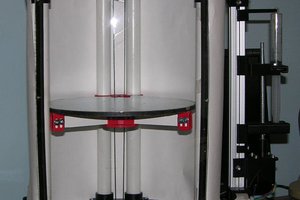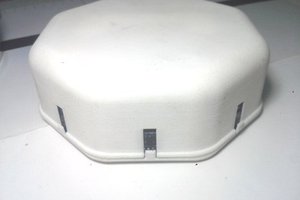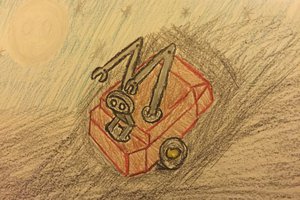Hardware:
* Cardboard (Office Max)
* Spray Glue (Hobby Lobby)
* Ripstop Fabric (Ebay)
* Nylon Thread (Hobby Lobby)
* Large Paper Clips
* 3M Foam Tape
* Hot Glue
Electronics:
* 3x HL4008 EDF (Ebay)
* 3x 30A BLDC Controller (Hobbyking)
* Servo
* 2250mAh Lipo Battery
* Robotics BoosterPack
* HTC One S
* 90 Degree Lens
* Heatshrink
* 14 Gague Stranded Wire
* Solder
* EC3 Connectors
* Servo Extender
Tools:
* Laser Cutter
* Box Cutters
* Sewing Machine
* Soldering Iron
* Hot Glue Gun



 Michael R Colton
Michael R Colton
 Douglas Miller
Douglas Miller
 Crypto [Neo]
Crypto [Neo]
 Rudolph
Rudolph
Great innovations